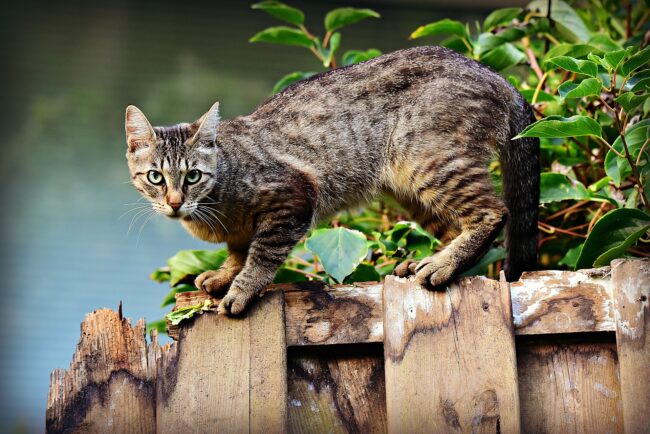Table of Contents
When you brought your kitty home for the first time, end-of-life decisions were the furthest thing from your mind. However, your kitten grew up and old as the years passed. Now it’s elderly or possibly young but ill.
The Quality of Life Scale is a tool that helps pet owners make the right decisions for their four-legged friends who are suffering. In this post, we learn more about how to use and benefit from the HHHHHMM scale.
Quality of Life Scale For Cats
Facing a pet’s mortality is something that no parent wants to talk about. However, if your cat has been diagnosed with a life-threatening condition or is growing too old, euthanasia could be a kind thing to do.
Owners are often confused about identifying the right time to put their pets down. Though vets recommend waiting for the signs, the Quality of life scale is a tool that helps us ensure we are doing it at the right time.
The quality of life scale helps you understand how symptoms and organ failure affect your pet’s life. There are many situations where assessing its quality of life is necessary to either make a final decision or find the right therapy. It also helps determine whether a specific treatment deteriorates the cat’s quality of life further and whether you should continue or abandon the treatment.
There are many quality of life scales available and each of them is pretty easy to implement. One of the most used tools is the HHHHHMM scale developed by the founder of the pet program Pawspice, Dr. Alice Villalobos. It was created with the aim of helping parents to track their pet’s health.
Feline Quality of Life Scale – What You Should Know
The feline quality of life scale serves as a useful guideline to help vets and pet owners work together to make the right decisions as the pet’s end-of-life approaches.
The quality of life scale introduced by Dr. Villalobos considers seven different categories and assigns scores to each of them from 1 to 10, where 10 is the best. A total score of 70 is considered to be perfect while any number above 35 indicates an acceptable quality of life for the cat and suggests continuing the end-of-life treatment, care, and support.
Quality of life is a highly subjective topic but this scale makes it possible to measure it quantitatively on a daily basis. You can decide to assess the pet’s quality of life every hour, week or month depending on the situation. This scale serves as a guide and to lessen the feelings of guilt that often comes with the decision of euthanasia.
HHHHHMM Scale
The HHHHHMM Scale measures the quality of life of the pet across seven categories, each represented by a letter in the name. These are Hurt, Hunger, Hydration, Hygiene, Happiness, Mobility, and More Good Days Than Bad. Let us try to understand what each of the categories means.
Hurt. The first consideration is the ability to breathe and control pain. This criterion assesses whether the cat can manage pain successfully and whether it has any breathing difficulties.
Hunger. Kitties generally hide their weight loss behind the coat so it is important to monitor the weight of your sick or elderly pet on a regular basis. Based on this rating, your pet can be prescribed appetite stimulants and introduced to alternative feeding methods.
Hydration. This factor ensures the cat receives adequate fluid levels every day. If it is found to be dehydrated, it can be given supplementation and care to improve its quality of life.
Hygiene. The most important consideration for a healthy kitty, hygiene forms an integral part of the quality of life assessment.
Happiness. This evaluation determines the mental health of your aged or sick cat and better guide your end-of-life decisions. For a lower score, there are several methods recommended to encourage and stimulate the cat.
Mobility. This is a highly relative metric and helps you introduce aids into the cat’s life. Mobility issues can arise regardless of the pet’s condition and can be solved with the help of the vet.
More good days than bad. Identifying bad days with occurrences of diarrhea, vomiting, nausea, seizures or collapse helps understand much about the cat’s quality of life. If there are many bad days together, it is easy to conclude that a pet’s life quality is poor.
As you rate the factors on a regular basis and evaluate the assessment, a total score of 35 or more out of 70 is desirable. Any number between 35 and 70 represents a good quality of life and suggests continuing the pet’s current treatments. A lower score indicates poor quality of life and the cat can be put down.
The assessment helps clarify the euthanasia decision for the family, relieving them of some of the anxiety and regret about the end-of-life decisions of their beloved pet.

